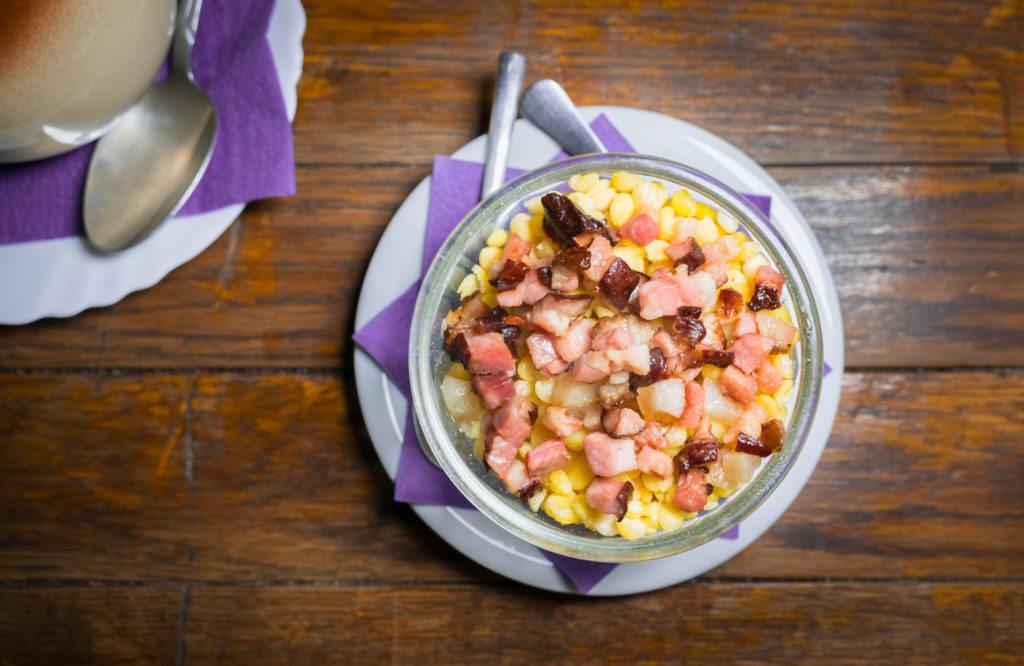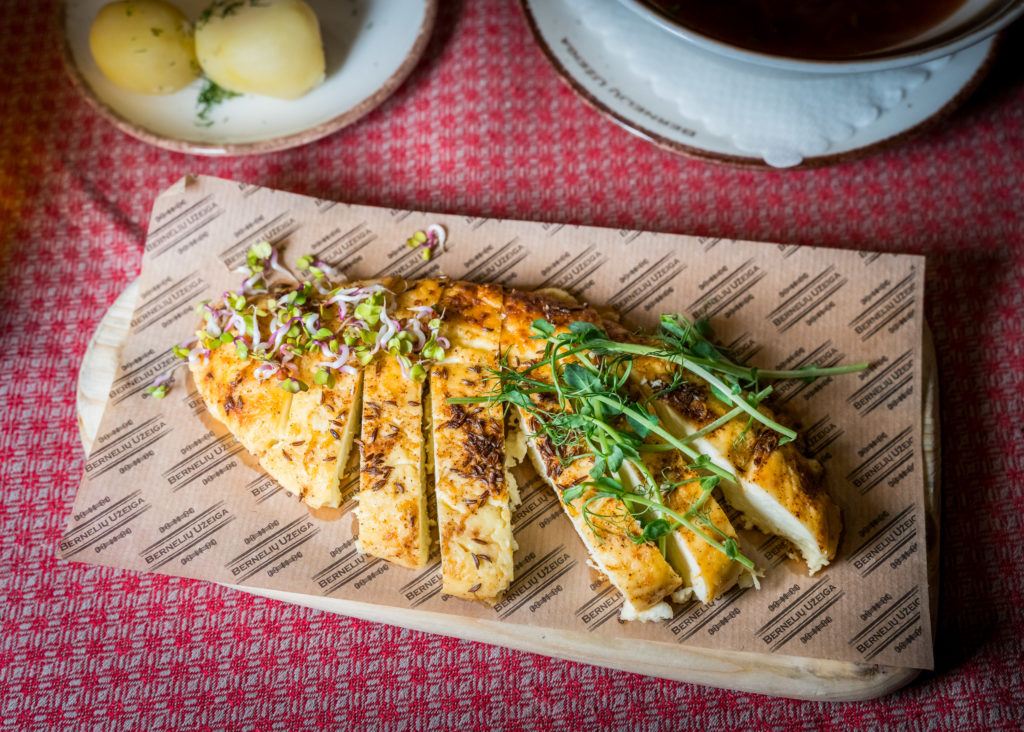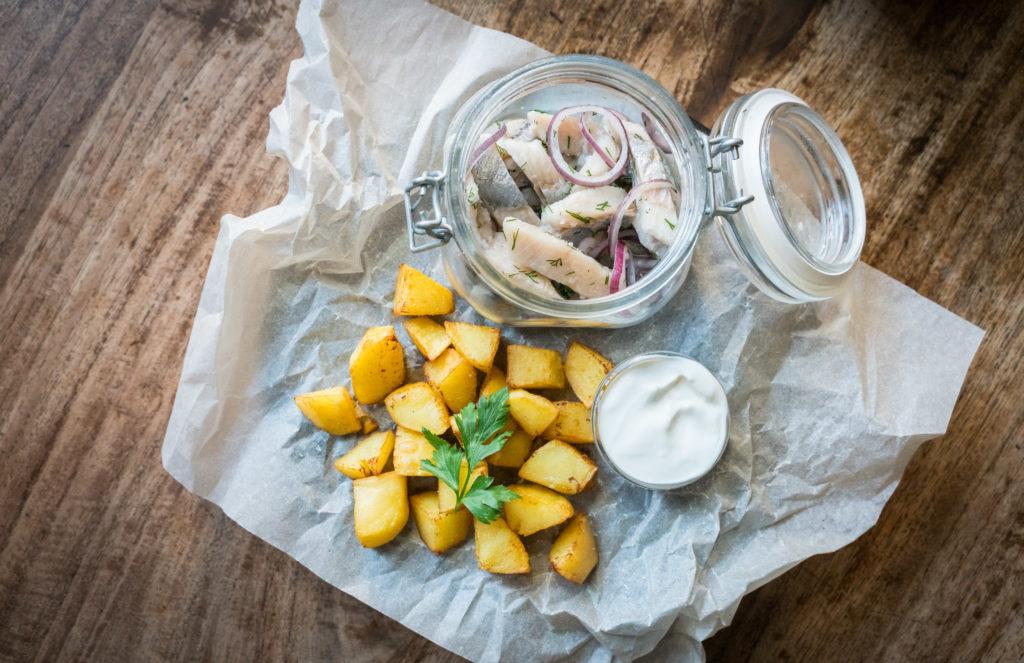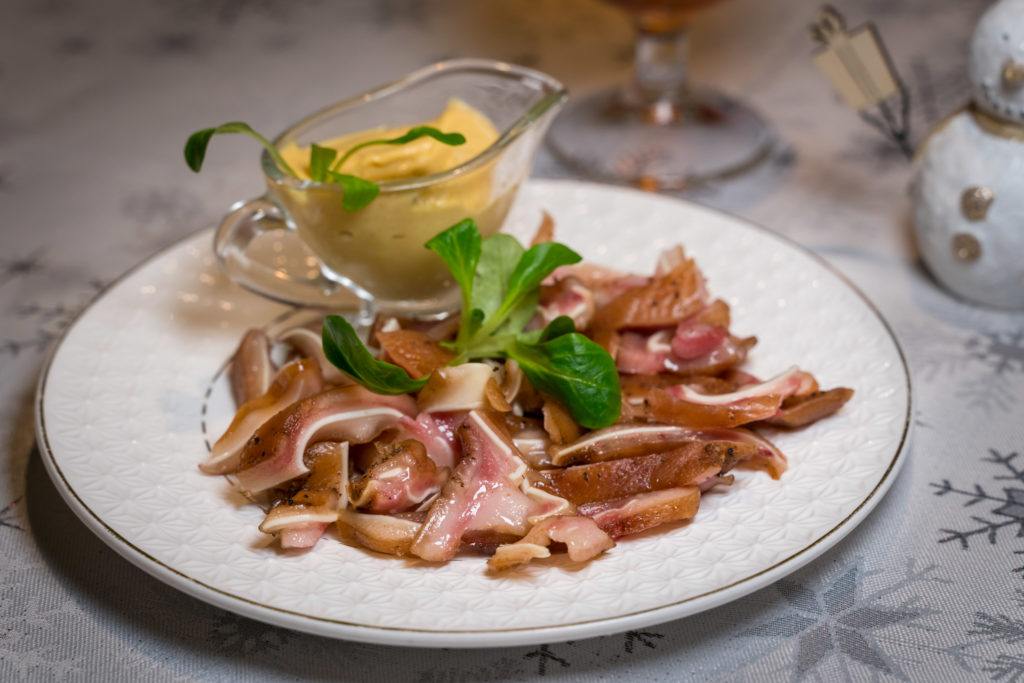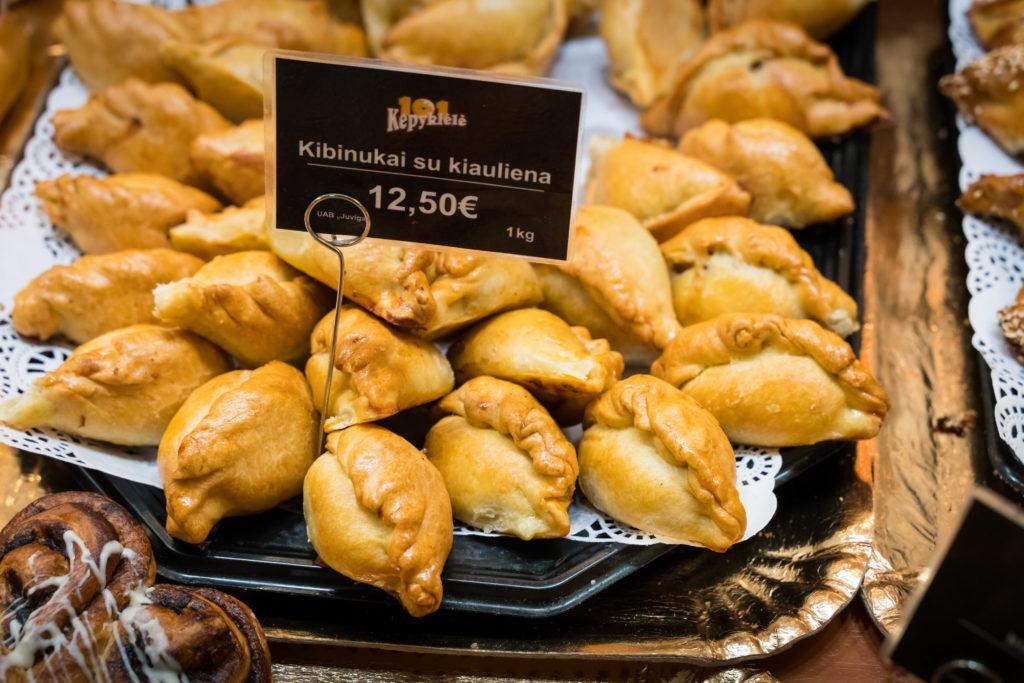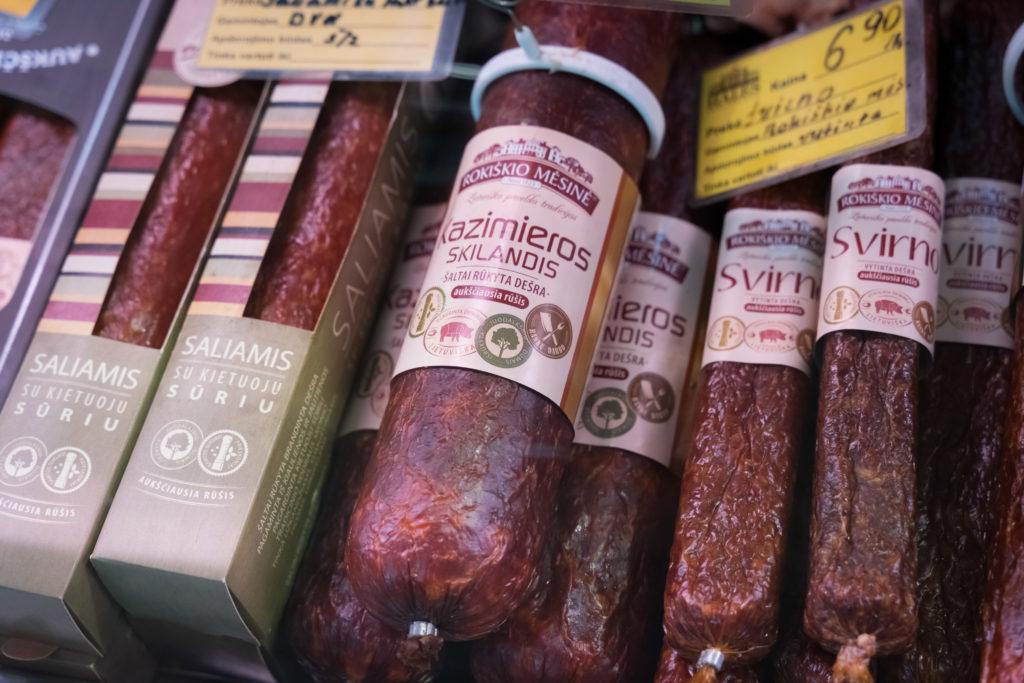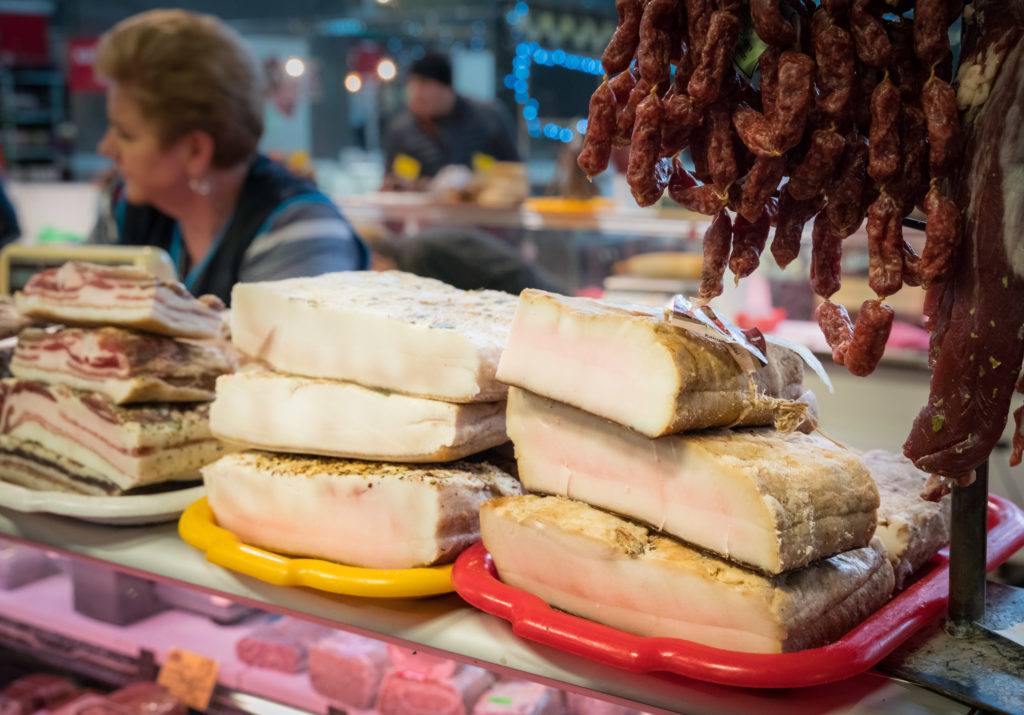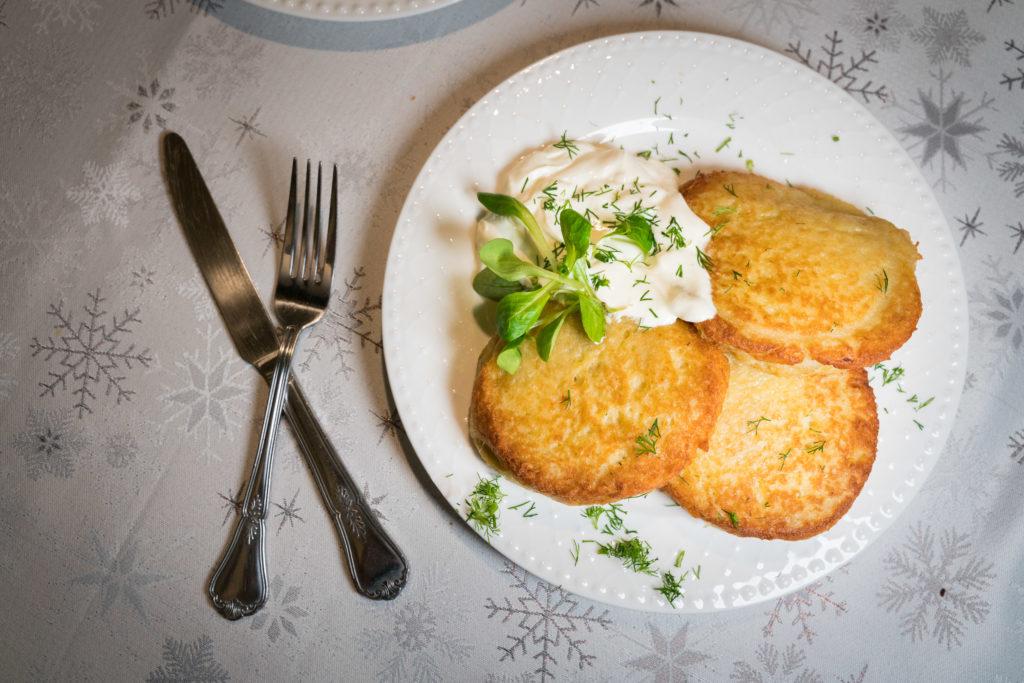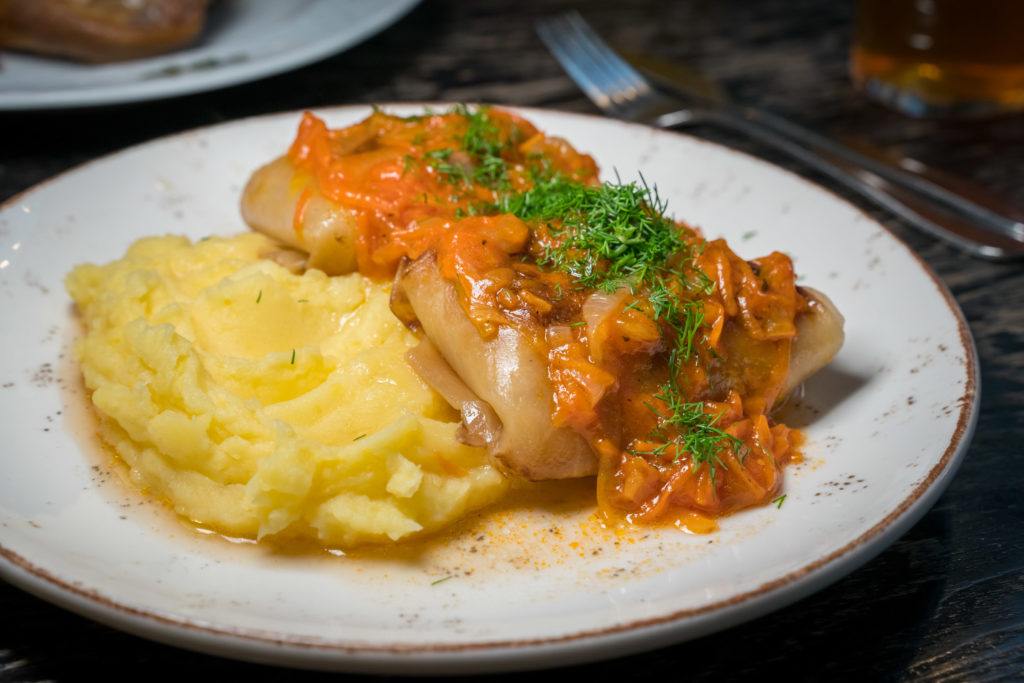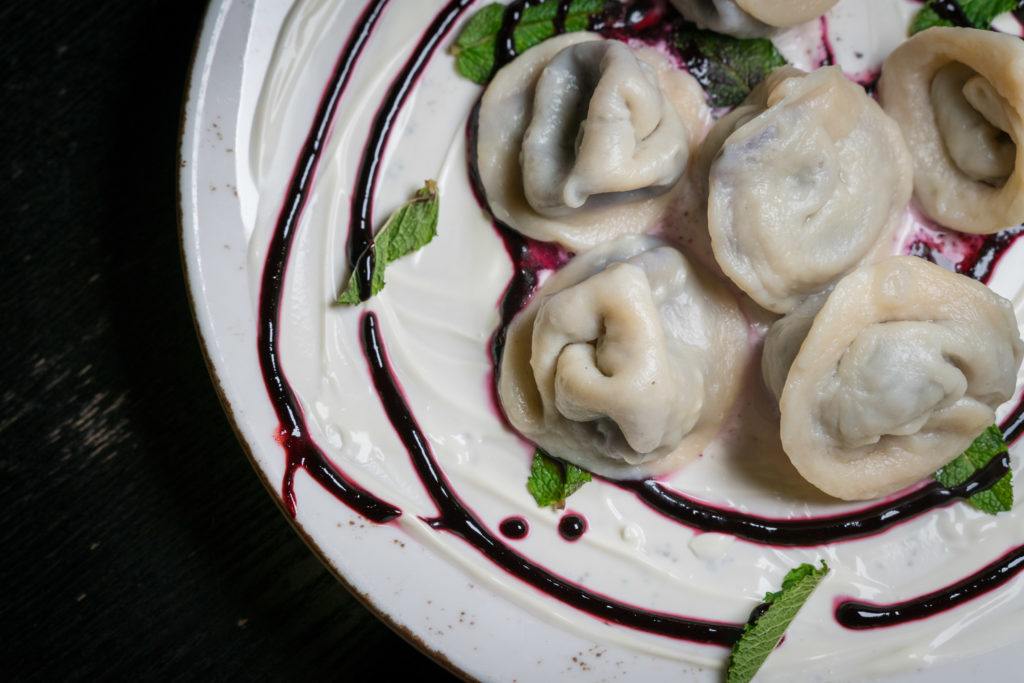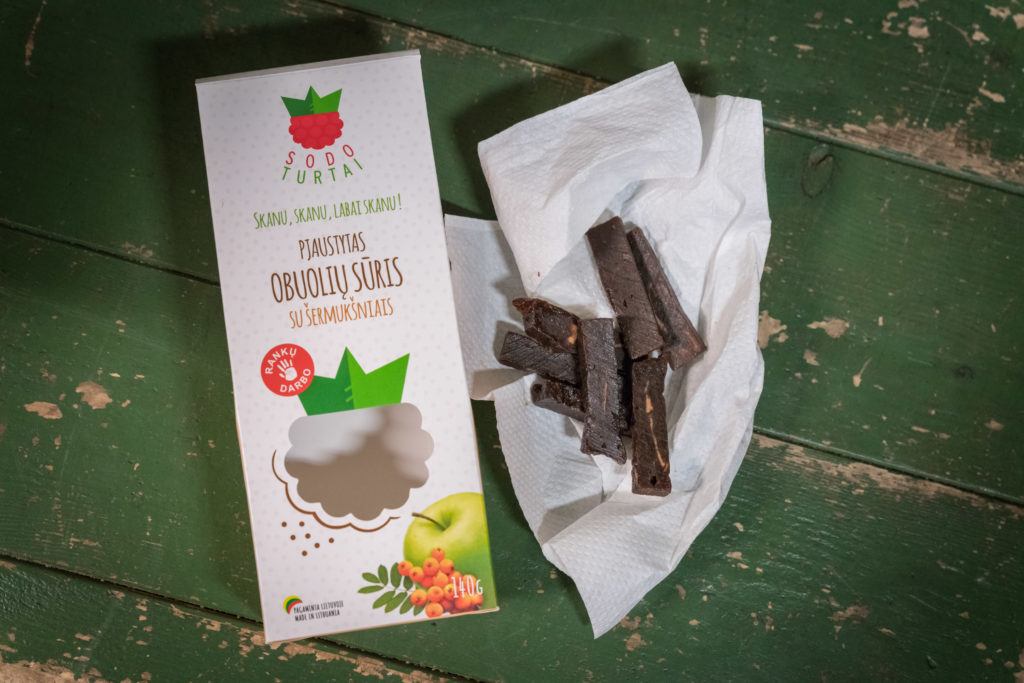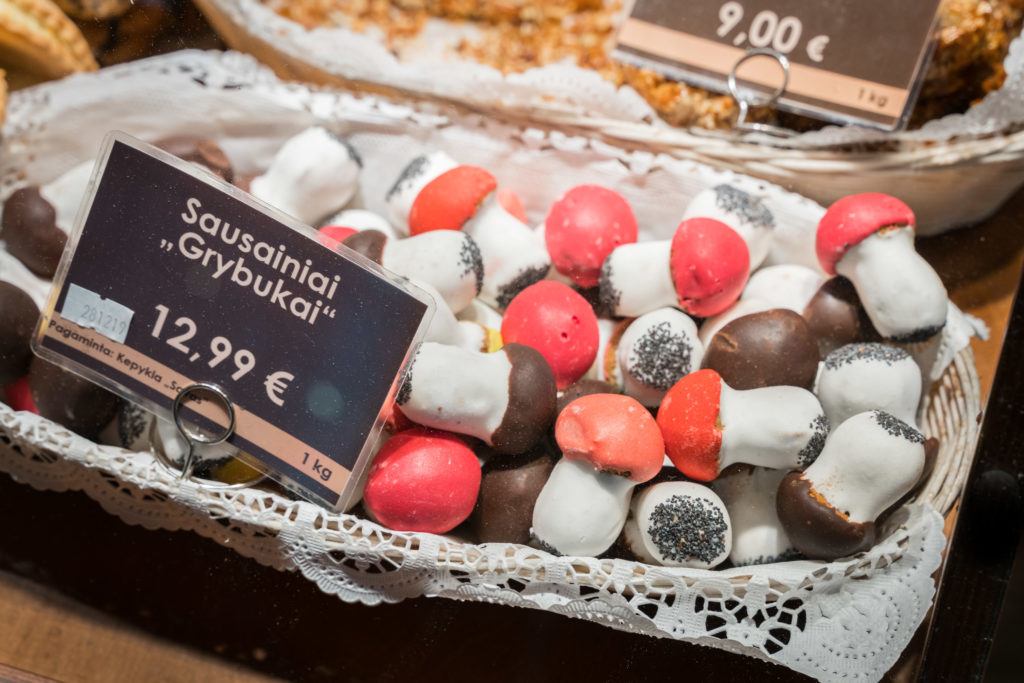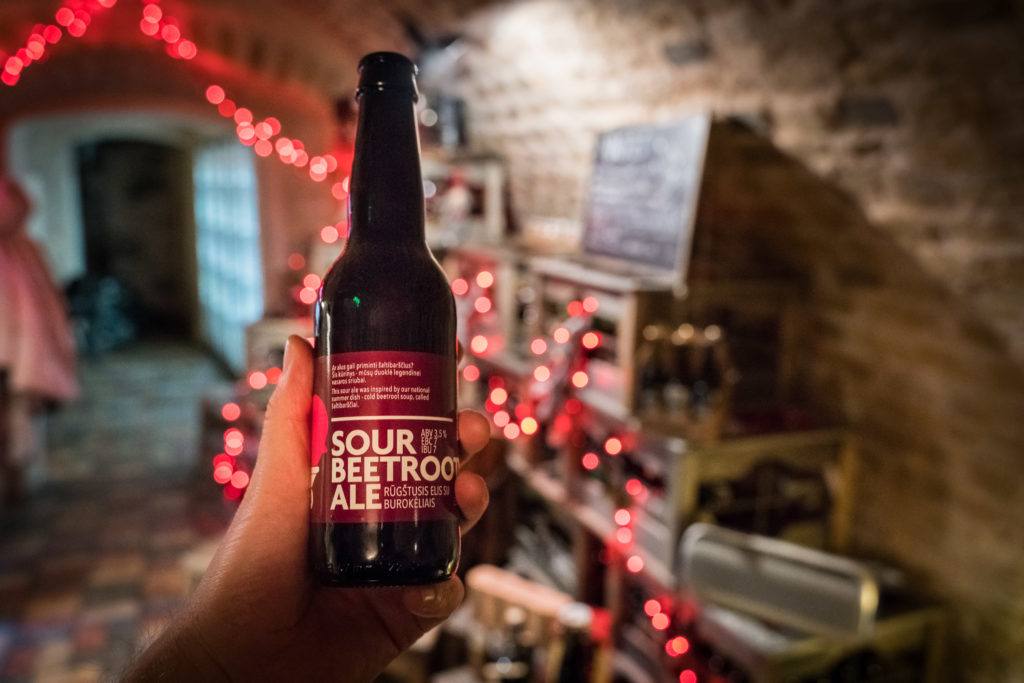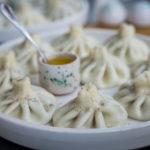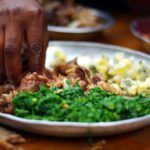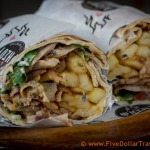Food In Lithuania: Our guide to Traditional Lithuanian Food in Vilnius which you can eat in the capital, or elsewhere in the country. We explain what to eat in Vilnius as we as giving some Vilnius restaurant and market suggestions to find the best food in Vilnius.
Our Food in Lithuania guide also includes the Lithuanian national dish, national soup and national dessert. We talk bar snacks, soups, Lithuanian drinks and, of course, a lot of potatoes.
Brief History Of Lithuania & Lithuanian Food
Modern day Lithuania is a country on the south east corner of the Baltic Sea. Bordered by Belarus to the east, Latvia to the north and Poland to the south west. Their long history, as a central ground in Europe between east and west, makes things very complicated! So this is a very brief history of some of the major points.
- Humans first settled in the region around 10,000 BC as the ice age ended. People mainly lived as hunter gatherers, eventually domesticating cattle and by around 3,000 BC, as baltic tribes populated the area, agriculture began, and the East baltic tribes are the ancient ancestors of the Lithuanian and Latvian people and languages.
- From the 9th to 12 centuries AD, Lithuanian tribes began to unite and conquer surrounding regions. Eventually organising and forming the Grand Duchy of Lithuania in the 13th century. At the time, the last pagan nation in Europe.
- They officially accepted Christianity in 1387 as the state religion, by the Grand Duke. And it’s documented that Christian monks were so eager to convert the populace that they were willing to exchange gifts for baptism. Namely a free wool shirt if you’d come and get baptized!
- At a similar time, in 1385, The grand duke of Lithuania married the queen of Poland to form a union between the two.
- This later became the Polish-Lithuanian Commonwealth, from 1569 to 1795. At it’s peak in the 16th century, Stretched from the baltic sea to the black sea, covering much of modern day Ukraine, Latvia, South Estonia, Belarus and of course, Lithuania and Poland.
- This commonwealth was partitioned in 1795 with much of the eastern lands being taken by Russia – including most of modern day Lithuania. Lithuania continued it’s fight for independence, right up until the end of the 1st world war in 1918.
- Between world war 1 and 2, Lithuania was mostly independent, but after a failed attempt at democracy, from 1926 was under local authoritarian rule. When world war 2 broke out, Russia assumed occupation rapidly, but the nazis turned up and took over the region in 1941. During 1944 & 5, the red army pushed back and retook Lithuania, which remained under soviet rule until 1990.
- Lithuania was the first soviet state to declare independence in March 1990 as the cold war ended.
When it comes to culinary history, Most of the most popular dishes in the country are based on either a few historic ingredients, like Rye, pork, dairy and herring. And a huge amount of staples today are based on potatoes!
Some other typical products, that grow locally, beetroot, mushrooms because Lithuania is know for it’s forests. Berries, like Lingonberries, blueberries, cranberries. And, being a cold weather country, pickled vegetables are very popular to store the bounty from the short summer months.
Food scarcity in the post war period led to the loss of some traditional, healthier foods, to a focus on stodgy, heavy and cheap calories. Hence, potatoes and lard! Though, back in the 19th century, many of the potato dishes were first popularized, also because those living a more subsistence lifestyle as farmers, lived off cheap and easy to grow food too. So although we may joke about just how much potato you are going to eat in Lithuania, this was historically down to necessity, not simply a love for heavy food.
Though cuisine has broadened as affluence has returned to the country, those stodgy favourites embedded themselves in the culture and are now commonplace on every traditional menu.
Traditional Lithuanian Food Podcast – Coming Soon
Our Traditional Lithuanian Food Podcast episodes talk about select dishes from this article that have an exciting story behind them.
- A brief history of Lithuania & its culinary landscape
- Lithuanian potato culture – from fear to obsession
- Plus, some essential potato dishes to eat in Lithuania
- Traditional dishes of Lithuania that you can try in the capital, Vilnius
- Adopted dishes that have become local favourites
- Plus, history of a very spiky national cake

Listen & Subscribe: Apple Podcasts | Spotify | Podbean | Google Play | Stitcher
RSS: https://thedish.podbean.com/feed.xml
Support: Become a Patron | Tweet: @foodfuntravel | Email: [email protected]
Food In Lithuania: Soups, Snacks & Starters
Lithuanians love soups, in fact soup was a daily part of every diet in noble households. Snacks especially for beer always feature on menus at the multitude of bars and micro-breweries across the country. Here is a selection of some of the most popular.
Šaltibarščiai – Lithuanian Borscht (Cold Beetroot Soup)
Šaltibarščiai (pronounced shult-ay-bursh-chay) is considered a Lithuanian national dish, made from the ever-present staple product: beetroot / beets.
It’s a cold, bright pink summer style soup made from kefyras (Kefir) which is a sour fermented milk drink, almost like a yoghurt drink. The kefir is mixed with pickled beetroot, to give the pink colour, as well as dill and normally cucumber. Some add pickled cucumber.
The connection to Borscht, the famous range of sour soups popular through Ukraine, Poland, and the region the former Russian empire occupied, is hard to ignore – especially when the direct translation of Šaltibarščiai (shult-ay-bursh-chay) is “Cold Borscht” and is a direct Lithuanian version of what is agreed to originally be a Ukranian word – Borscht – which now appears in many languages from the region.
Some sources see this cold soup as a more modern dish, arriving during the Russian Empire days in the 19th century – possibly a dish of simple utility, as cold soup is quick and easy to make. Other see it as much older. Possibly dating back to the Grand Duchy of Lithuania.
One clue may be the polish name for it: chłodnik litewski – In Polish, meaning “Lithuanian Cold Borscht”. Poland certainly isn’t taking credit for it, or offering credit to Russia. Not a massively conclusive argument, but certainly something to consider. Either way, it’s a refreshing, only slightly sour, could soup that you’ll find on menus across Vilnius, even in the winter.
Food In Lithuania: Kastinys – Sour Cream Butter
An ethnic food from the žemaičiai region of central Lithuania. It’s so simple but soo good. Essentially, its sour cream butter. You blend butter and sour cream together over a warm water bath. Then you get it back in the fridge to re from into a spreadable dairy product. different recipes flavor it with garlic, mint, allspice or caraway seeds and extra salt.
It’s like the Lithuanian alternative to bread and butter: Kastinys and potatoes. Spread a hearty smear onto some baked potato wedges, boiled potatoes or Rye bread as a perfect starter. It’s so creamy! Eaten at: Pilies Katpedele
Grybų Sriuba / Firminê Baravikiene – Wild Mushroom Soup, In Rye Bread Bowl
Wild mushroom soups are an essential part of the Lithuanian diet, due to all the historic presence of forests in the country. Though thinned out by the USSR, their are still plenty of forests and mushrooms to go around. Grybų Sriuba is a generic name for mushroom soup. Firminê Baravikiene refers to the Baravykas (King Bolete Mushroom) and was a specific version of the soup we tried at Bernelių Užeiga.
These soups are quite often served in a bread bowl, but not always. Mushroom soup in general is available in most traditional restaurants, with mushrooms options based on the season.
žirniai Su Spirgučiais – Split Peas With Crispy Bacon
A simple, classic beer snack. Boiled split peas, mixed with crispy Lithuanian bacon bits (often called crackling on menus). A salty accompaniment to local beers.
Su Prieskoniais Keptas Baltasis Sūris – Baked Lithuanian Cheese
A curd cheese formed into a semi firm cheese steak. Seasoned with things like pepper, chopped tarragon, cumin and garlic. Then baked in the oven until the outside browns. Found at Bernelių Užeiga and other places.
Food In Lithuania: Baltic Herring With Potatoes
One of the simplest Baltic classics, popular way beyond the borders of Lithuania too. Marinated herring, with potatoes.
Pigs Ears
Another popular bar snack you’ll find everywhere. Grilled pigs ear, with mustard.
Sauerkraut Soup
A typical hot soup flavored ham hock, carrots, onions, bay leaves and, of course, sauerkraut. The ham hock is optional.
Kibinai / Kibinukai – Stuffed Crimped Pies
In the late 14th Century, around about 1397, the Grand Duke Vytautas Led troop into the Crimea, a peninsula on the north coast of the Black sea. Now part of Russia. He was seeking to expand and take the lands from the Tatar people – a Turkic ethnic group.
Meeting little resistance, the land was his and he took back more than 400 families from local tribes, such as the Karaite (also known as the Karaim). He brought them to his lake capital of Trakai in central Lithuania, some islands and outcropping land, surrounded by lakes, some 20KM west of Vilnius.
Proving loyal servants to the Duke, by 1441 the Karaite were granted a level of autonomy and self governance.
Their culinary contribution: They brought with them the Kybyn – A crescent shaped, hand size pie, crimped at the top. The original version was said to have been made, stuffed with mutton, for the Grand Duke Vytautas and his soldiers all the way back in the 14th Century, and was so popular it became a staple of the princely table.
The food and cultural traditions of the Karaites have been continuously maintained since those days, with a group of about 65 still living in the old capital of Trakai – where the Kybyn, or Kibinai, In Lithuanian, are still made by hand, fresh, daily. Kibinukai are a smaller version of kibinai. Eaten at: Halės Turgus Historic Indoor Market
Burokėlių Sriuba – Hot Beetroot Soup
Hot beetroot soup seasoned with pepper, bay leaf and normally with meat bones for the stock.
Kepta Duona – Fried Rye Bread With Garlic
One of my new favourite beer snacks! Kepta Duona is deep fried rye bread – fried as sticks or as thin slices. Normally served with garlic for rubbing, or maybe a dairy based dip.
Rye, as a grain, has been cultivated in central Europe since around 1500 BC. Probably originating from Turkey. It’s most popular in the regions from Poland, across Lithuania to Russia & Ukraine. One reason being, it is far more resistant to winter cold than other types of grain. It will also grow in poor quality soils, like sand and peat.
It was a perfect crop to become a staple in Lithuania, possibly all the way back to the bronze age. And even today, dark rye bread remains very popular. It has a strong flavour, and it’s dense, but I really love it! Then when you deep fry it, well, hot crispy outsides. Wonderful! Eaten At: Lagaminas Restaurant
Take A Food Tour With Urban Adventures Around Vilnius to try this dish and many others.
Traditional Lithuanian Food: Skilandis – Cold Smoked Cured Sausage
Skilandis is a traditional cold smoked, cured sausage. Made in Lithuania continuously since at least the 16th century, but likely earlier.
Skilandis TSG as of January 2010, is now a Protected Designation of Origin (PDO) product, and must be made in Lithuania from Lithuanian produce. It’s a mix of Pork, beef, lard, with salt, pepper and garlic – allspice may also be added. The meats and spices are mixed at a temperature of no more than 4 degrees celsius and then encased in a natural sausage casing from pork or beef.
It’s then cold smoked for anything from 2 to 15 days at a temperature between 18 and 30 degrees celsius, before being air dried at room temperature, less than 18 celsius, for at least 30 more days.
There are a variety of shapes available, long tubes, maybe 4 inches wide, to big, tear shaped football size skilandis. Different amounts of lard are included so you can have either a lean or fatty sausage.
Found At: Kalvarijų Turgus Traditional Market, and most other markets and supermarkets.
Lašiniai – Smoked Lard
You’ll find big blocks of lard at every traditional market. This is used for a massive variety of recipes. One popular bar snack is just a bowl of warm liquid lard that you can dip your rye bread in.
Silkė pataluose (Shuba) – Herring Under A Fur Coat (Herring, Beetroot, Potato Salad)
One slightly more creative herring dish that has a lot of popularity in Lithuania is Silkė Pataluose – Dressed Herring. Not originally a Lithuanian dish, but certainly a popular dish adopted during the Soviet period. The nickname for this is much easier to say – Shuba. This is the Russian word for a big fur coat, and it refers to the colloquial name for the dish “Herring under a fur coat”
The dish is a layered Salad, with herring at the bottom, potatoes as the second layer, sometimes a layer of grated carrot and then grated beetroot as the top layer. With a solid amount of mayonnaise to hold it together, or sometimes used as a beetroot stained “icing on the cake” topper.
Some claim this dish originated in a bar in Moscow in 1918, as a way to fill the stomachs of drunken trouble makers, and it then became a symbol of the people, a poor man’s dish, against the bourgeoisie. Other, claim it probably didn’t take it’s current presentation until the 1960s. Listen to the full podcast (ep 2) above for the longer version of this story.
Food In Lithuania: Main Courses
I hope you like carbs. With Lithuanian cuisine, potato is always on the menu. All of these mains are sure to fill you to bursting.
Cepelinai (Zeppelins) – Potato Dumplings Stuffed With Meat
Cepelinai are considered a national dish of Lithuania. They are spherical, oval shaped potato dough balls, made from a mix of cooked potato and raw grated potato, most often stuffed with pork, then boiled. Served with various topping options, like sour cream or lardy bacon sauce. Other fillings inside the cepelinai may include mushrooms, curd cheese or other savoury options.
They are quite big, about the size of your fist. And they are filling! We normally suggest you order a half portion, one dumpling, rather than a full portion of 2 to 3 dumplings. Or share with friends.
In the 19th century, they were first made as a hearty peasant dish to feed hungry workers during the harsh Lithuanian winter. They were originally called didžkukuliai – meaning dumbbells. But in 1900 they were renamed Cepelinai in honor of the invention of the Zeppelin flying ship by Count Ferdinand von Zeppelin. Their shape resembles the zeppelin though it is uncertain if the modern shape came about as a result of the renaming, or if the naming was due to the shape always being like that.
Food In Lithuania: Apkepti Cepelinai – Fried Zeppelins
Cepelinai are time consuming to make so are often made in large batches. If you have a bunch left over, just cut them in half and then fry them. I have to admit, I prefered the crispy fried edges of the fried version to the classic original boiled version…
Eaten at: Beerhouse & Craft Kitchen
Bulvių Plokštainis – Kugel (Potato Pie)
The Lithuanian name Bulvių Plokštainis just means “Potato Pie”. It’s a dense baked casserole pie made with finely grated potato, mixed with crispy bacon, onion and milk and eggs to solidify the mixture.
Seriously hearty, and super tasty. It’s a very popular dish in Lithuania. And it has a surprisingly lengthy origin story based off the Jewish dish Kugel.
Get the full story of this dish in the Podcast (ep1) above.
Eaten at: Etno Dvaras
Traditional Lithuanian Food: Bulviniai Blynai – Potato Pancakes
Known as bulviniai blynai in Lithuania. Many cultures throughout Europe have recipes for potato pancakes. The use of potato is, of course, a more recent adaption. Pancakes themselves, made with grains, have been around since the stone age, with archaeological evidence suggesting ground wheat may have been mixed with water and grilled on an oily hot rock.
In the commonwealth of Poland & Lithuania the first mention of potato pancakes is supposedly in the 17th century, at the Stoczek Warmiński Christian monastery – in North East Poland, actually pretty close to modern day Lithuania. It’s a truly a food of necessity for poorer generations in Lithuania’s past, but has become a familiar staple today.
The oldest recipe quoted made the pancakes with one onion, two eggs and a spoonful of wheat flour for each kilogram of potatoes, served only with salt and pepper. It’s been impossible to confirm this source or find the original text. Though this story is repeated all over the place online.
Although the origin is unclear, wider popularity in Lithuania, just like with other potato dishes, happened during the same potato boom of the mid 19th century as with other dishes.
Everyone makes their Pancakes a little differently, from starchy and dense, to thinner and crispy. Either way, it’s another intense calorie attack with plenty of oil and carbs.
Vėdarai – Potato Sausage
The poor man’s sausage, but actually very tasty. Once again, the use of finely grated potato – as you’ll find with many of these potato dishes. This is then mixed with egg to make it into a thick sticky dough, and then stuffed inside pork intestine casing, just as you would an ordinary sausage.
As one restaurant describes this dish “Sh*t Out, Potatoes In”. Then serve with the usual sour cream and crispy lardy bacon bits. Another heavy dish. It’s really the pork casing and the bacon bits that turn this from standard to phenomenal. The version we had was more like potato lumps in intestine. But, more typical versions look more like standard sausage tube shapes, or even coiled sausages.
Balandėliai – Stuffed Cabbage Rolls
Cabbage rolls, stuffed with pork and rice are popular all over East Europe. The Lithuanian version is bigger than somewhere like Romania or Turkey where they eat little samarle.
Eaten at: Pilies Katpedele
Šoninės Kepsnys Su Krienu Padažu – Roast Chunky Bacon With Horseradish
Horseradish is a popular condiment in Lithuanian Cuisine. So, grilled fatty pork served with that nose busting condiment is a favoured combo. Don’t forget the potato!
Eaten at: Etno Dvaras
Food In Lithuania: Desserts & Drinks
After all that potato, it’s time for Lithuanian sweets and beverages!
Sakotis (Raguolis) – Rotisserie Cake
Sakotis is Lithuanian tree cake. Sakotis means “branched” in Lithuanian. Another common name for the same cake there is Ragoulis which means spiked.
The cake is traditionally made by slowly pouring batter, made from butter, eggs, flour, sugar, and cream, onto a thick cylindrical spit, which is rotated in front of an open fire. It’s a horizontal rotisserie cake. After forming a central cylinder of cooked batter, the speed of spinning is increased and lots of stalactite like arms start to form from the dripping batter. As these lengthen and eventually harden into many spikes, the finished cake, when flipped to be vertical, looks a little bit like a pine tree.
This dish is labor intensive, taking hours of rotating at the spit and carefully adding layer after layer of batter. So it used to be mainly made for special celebrations like Christmas eve and weddings. It is considered the national cake of Lithuania and is now relatively easy to find in markets in Vilnius – not just for special occasions.
The tradition of cooking cakes on a spit has been around at least since the 15th century. For the full story of how this became Lithuania’s national dessert, and where it originated, listen to our Podcast (ep 2) above.
Found At: Kalvarijų Turgus Traditional Market, and most other markets
Virtiniai (koldunai) su Mėlynėmis – Blueberry Dumplings
In Ukraine they are called koldunai. Dumplings. They may be served savory with a pork filling. Or sweet versions with seasonal berries. For a December visit we had blueberry filling. Other times of year, you might find cherry filling.
Eaten at: Pilies Katpedele
Cheese Curd Fritters
Deep fried cheese curd with some sour cream and jam. A popular dessert.
Eaten At: Alus Namai
Dziugas Cheese
Lithuania’s traditional hard, salty aged cheese. Similar to Parmigiano Reggiano. Come taste this at one of the Dziugo cheese shops in Vilnius. They also make a cheesecake with it, as well as a blue cheesecake (which is a bit odd).
Eaten at: Dziugo
Obuoliu Suris – Apple Cheese
Apple cheese has no cheese in it. The name comes solely from the block of cheese like shape that the final product is made into, and that the texture allows you to cut it like a medium firm cheese – like gouda or something.
Essentially, apples, sugar and cinnamon, boiled together to make a mush. Then the liquid is squeezed out inside muslin cloth. Then it’s left to dry for a month or more until it forms into the firm, brown cheese like block.
Simple and tasty it was the perfect way to make use of the apple harvest, that would keep for months. It’s estimated the practice is hundreds of years old, if so, honey may have been used prior to the popularity of sugar.
Grybukai – Mushrooms Shaped Cookies
Little sweet cookies, shaped like mushrooms. Find them in bakeries.
Midus – Mead
Mead is a drink made using fermented honey in water, other ingredients are sometimes used, like grains.
It’s held a long and continuous popularity in lithuania. Though, modern production methods to make beer more cheaply, and deforestation during the USSR period, led to mead’s decline, and for beer to become the number 1 alcohol today in the country.
Versions closer to a mead beer, start from around 5 or 6% alcohol, but traditional mead starts closer to 12%, more like a mead wine. From there it goes all the way up to spirits like Balsam, a mead spirit which can hit 75% ABV. Lethal.
Craft Beer / Traditional Beer
Lithuania has a long history of making beer, and surprisingly, they have beer production methods that set them apart from other famous beer making countries like Germany, England and Belgium. They have beer styles that originated in Lithuania and are not directly related to any of those more famous beer countries.
We’re putting together a more detailed guide to lithuanian beer and the best places to drink the traditional stuff, as well as modern craft beer (like the beetroot ale, pictured @ Bambalynė). Our Lithuanian Beer Guide is Coming March 2020.
Gira (Kvass) – A Traditional Fermented Rye Bread Drink. Normally less than 1% alcohol. Try it at Snekutis on Stepono.
Sweet Wines & Spirits
Lithuania never had the climate to grow regular grape wine. But they do make a lot of fruit wines from the various fruits that grow in the country. And, of course, distil whatever they can to make some interesting spirits. From beetroot to smoked lard spirits! Try some unusual local wines and spirits at Queensberry Restaurant.
The Top 5 Essential Lithuanian Food In Vilnius To Try (Summary)
So, after all this food in Lithuania, what are the top 5 dishes you should try as a foreigner visiting on a short trip to Vilnius & Lithuania?
- Apkepti Cepelinai – The halved and fried version of the national dish Cepelinai packed a little more wow than the classic version.
- Kepta Duona – Fried rye bread. I was surprised too that the simplest dish on this list ended up being one of my top 5.
- Šaltibarščiai – The bright pink national soup came in just above the wild mushroom and sauerkraut soups mainly because of it’s iconic look.
- Kastinys – Sour cream butter, smeared on potatoes or bread. It just works. It’s a dairy miracle.
- Vėdarai – Potato sausage. Of all the other potato options, the punchy and lardy intestine flavour turned the humble potato into a star. If intestine puts you off, lets face it, most fast food chains probably use much worse…
In honorary 6th place – Shuba (Herring under a fur coat). More a Russian than Lithuanian dish, it’s gained a lot of popularity due to it’s striking appearance and salty/creamy flavour. It’s awesome.




